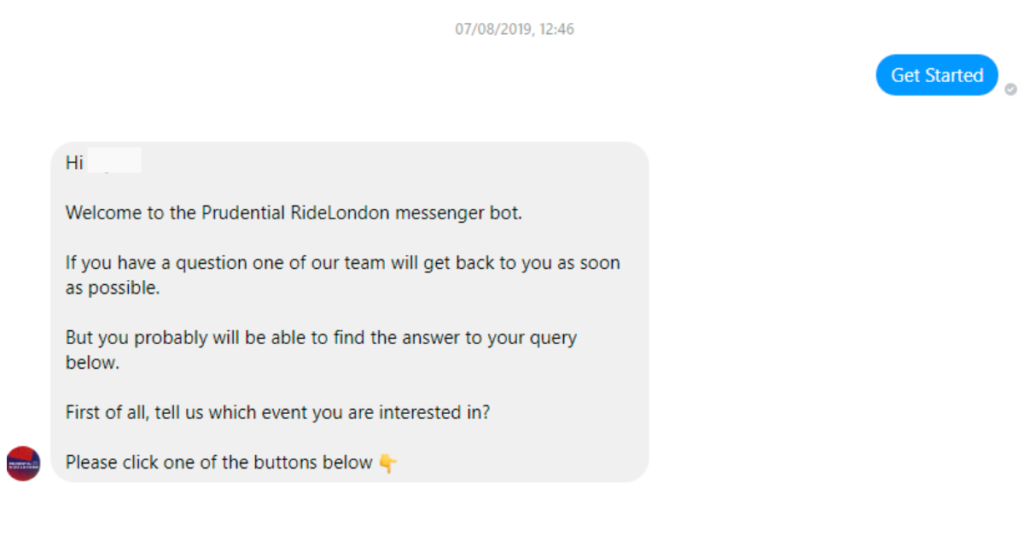Prolog Introduces Flexible Working Practices
To say that contact centres have had to adapt during the COVID19 situation is an underestimate. With a large portion of the workforce furloughed, customers are more available to make contact with businesses. Predictably the food and travel industry would have experienced a spike in call-volumes as customers sought reassurance and solutions.
On top of this increase in demand, the pressures of the outbreak mean customers’ emotional states are fraught. Consumers are more likely to become impatient. COVID19 has established a new normal that has elements beyond people’s control. Having the correct information and their questions answered restores that crucial element of control back into their lives.
So, how have contact centres adapted practices to deal with demand and provide better customer service during this unprecedented time?
Working Remotely
What had previously been viewed as a luxury, has now been embraced to protect staff. In April the UK’s Office for National Statistics reported that 42.9% of employed adults were working from home.
People traditionally work very closely together in contact centres. To prevent illnesses among staff and to continue to provide better customer service, call centres have had to ensure staff have secure laptops, appropriate software licensing, cloud telephony systems and connectivity to enable them to work from home. In simple terms, they have had to replicate the contact centre environment and infrastructure for employees at home.
Contact Centre staff have had to scale up their knowledge as well as their systems. Online training has played a vital role in ensuring staff have sufficient knowledge of new technologies, processes and policies. Part of this training would have been making staff aware of the importance of ‘social listening’. Listening with compassion and taking what customers’ say onboard will have had a positive impact on a business’ reputation.
The fine line between providing good customer service and meeting efficient targets and maintaining the wellbeing of staff would have had to have been towed. Collaboration tools would have been utilised to enable staff to feel supported and connected. Transparent and regular communication with staff will have been a key priority for contact centre management. Happy staff give better customer service after all.
Updating Their Website
It goes without saying that when customers ring, they believe they are receiving better customer service if a fellow human answers. However, sometimes waiting in a call queue is inevitable, especially in times of increased demand. Whilst waiting in a call queue the recorded message can direct customers to a business’ website where often they can find the details they need to resolve their issue. In other cases, customers can be encouraged to send an email or use the Live Chat or social media channels to get in touch instead. Perhaps a business’ website offers an online portal that customers can log into to update their details?
Many call centres have adapted by providing better customer service when it comes to their website, enhancing the Frequently Asked Questions section, stripping out the jargon and making it easier than ever to navigate and perform tasks online.
Embracing AI and Different Channels of Communication
Accenture reported that 58% of customers prefer to solve pressing issues by calling for support instead of utilising alternative channels. At a time like this, it has been vital that skilled and experienced human workforces have been able to handle the enquiries where a sensitive response was necessary. This has meant seasoned call handlers have not been required to answer basic and frequently asked queries as much.
To this end, agile contact centres have embraced Artificial Intelligence (AI), chatbots and voice bots to deal with simple questions. This has dramatically freed up emotionally intelligent humans to answer more complex enquiries and resulted in better customer service.

Whilst chatbots on private social media messaging services can be pre-programmed with automated yet conversational responses to frequently asked questions, Accenture explains:
“Virtual agents, built using AI technology, offer customers instant, on-demand service. They provide automated support, deliver a conversational experience, and can handle the same intents as human agents.”
Accenture also states how AI Human Assist creates the ability to convert phone traffic to chat, providing access to digital experts. These digital experts are equipped with the latest and accurate information in real-time and can identify emerging topics of conversation.
Embracing AI and messaging has not only freed up more skilled call agents but has allowed them to handle multiple enquiries simultaneously as a less immediate response overtime is expected (in comparison to a phone call). While a call handler is waiting for one customer to respond, they can be messaging another.
Data and Analytics
Call centres have always relied on accurate data to anticipate high call volumes and increases in demand. More recently, they would also have had to combine data from public sources, which reveal the local and national guidance and changes in the supply of products, customer demographic and geographic information, and how customers have behaved when contacting companies located in other areas for compassion purposes. This would have allowed them to create call volume forecasts and predictions so management could ensure they had enough available staff to handle any call-volume surges.
Callback Assist applications, whereby a caller is informed of the expected waiting time and presented with a choice of a call centre agent calling them back or waiting on hold, would have worked wonders in providing better customer service at times when call-volumes are anticipated to be high. Although it requires the customer to trust the company to call them back, customers often appreciate that their time is being valued and the company, not wanting to waste the customer’s time, is being open and honest about the delays in connecting the customer to the agent. By telling the customer how long they can expect to wait to be connected to an agent, control is placed back in the hands of the consumer.
As they say, knowledge is power. By utilising the insights analytics reveal, contact centres will have pinpointed where customer requirements can be re-directed. Queue messaging will then have been employed to resolve any frequently asked questions or to make consumers aware of other ways to get in touch with the business.
CloudAMQP provides a clear explanation of Queue messaging:
“The basic architecture of a message queue is simple; there are client applications called producers that create messages and deliver them to the message queue. Another application, called a consumer, connects to the queue and gets the messages to be processed. Messages placed onto the queue are stored until the consumer retrieves them.”
Queue messaging would have also served to move customers to other communication channels, such as asynchronous messaging (which doesn’t require the recipient to answer straight away, like email).
To find out more about how our multi-lingual and multi-skilled contact centre staff offer an exceptional customer service to our clients’ customers, click here.







